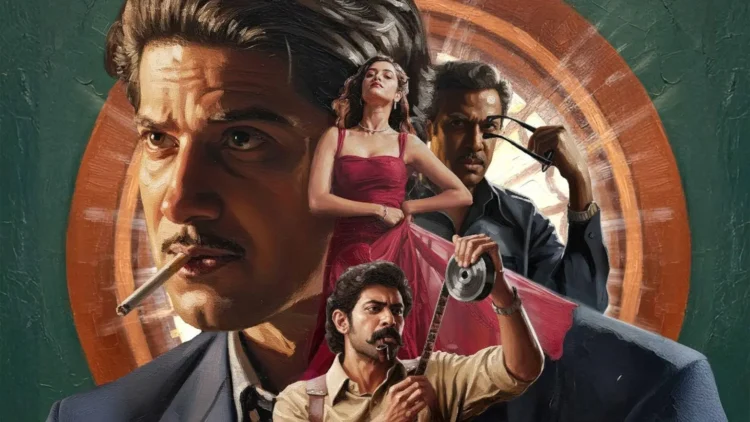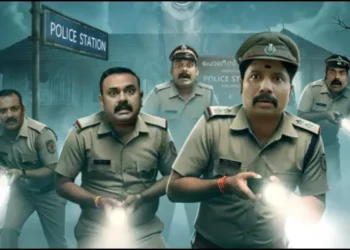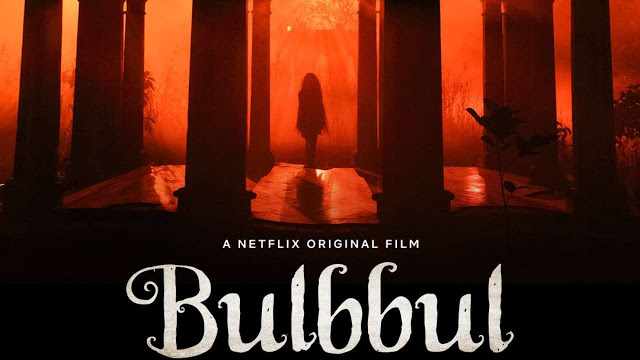Period dramas often promise a lavish visual experience — but the truly memorable ones also deliver compelling stories. Kaantha, written and directed by Selvamani Selvaraj, aims to transport viewers into the vibrant yet volatile world of Tamil cinema in the 1950s. Starring Dulquer Salmaan alongside Samuthirakani, Bhagyashri Borse, and Rana Daggubati, the film merges a “film within a film” concept with themes of ego, ambition, and the toll of creative rivalry. While it dazzles visually and is anchored by strong performances, its narrative pacing may test the patience of some audiences.
Story
Set against the backdrop of Tamil cinema’s golden age, Kaantha tells the tale of KT Mahadevan (Dulquer Salmaan), a rising star whose fame begins to overshadow his mentor Ayya (Samuthirakani). Their shared project, Shaantha, becomes the centre of a quiet but intense ego clash when Mahadevan renames it Kaantha and takes full creative control.
Caught in between is Kumari (Bhagyashri Borse), the leading lady whose personal and professional life is disrupted by the battle for artistic dominance. What unfolds is a layered narrative — part love triangle, part power struggle — where the distinction between genuine emotion and staged performance becomes murky.
Performances
Dulquer Salmaan delivers a masterclass in charisma and complexity, portraying Mahadevan’s charm, insecurities, and self-destructive pride with precision. Bhagyashri Borse impresses as Kumari, capturing both fragility and inner resilience. Samuthirakani’s Ayya embodies the old-school ethos — principled, passionate, and quietly aware of industry changes. Rana Daggubati injects energy and unpredictability into the final act, even if the writing doesn’t fully back the intrigue his character promises.
Behind the Scenes
Visually, Kaantha is a triumph. Cinematographer Dani Sanchez Lopez crafts striking, period-authentic frames that enhance the immersive experience. Jhanu Chanthar’s background score complements the film’s documentary-style rhythm, though the songs themselves are forgettable. Editing by Llewellyn Anthony Gonsalvez could have benefited from tighter pacing, particularly in the second half. Production values from Spirit Media and Wayfarer Films are impeccable, with meticulous attention to period detail adding credibility to the setting.
Final Verdict
The film’s first half leans heavily into the dynamic, but extended sequences of black-and-white reels, meant to depict the filming process, slow down momentum. The pre-interval section redeems itself with heightened drama, paving the way for a tonal shift in the latter half.
In the second half, Rana Daggubati’s flamboyant Inspector Devaraj enters, steering the story towards investigative thriller territory. While the suspense holds until the conclusion, uneven pacing and an underwhelming emotional payoff dilute its potential impact.
Overall, Kaantha is a polished exploration of vanity, creativity, and the cost of ambition, brought to life through exceptional performances and rich visuals. However, its slow-burning storytelling and uneven pacing make it a niche viewing experience rather than a universal crowd-pleaser. Recommended for fans of period dramas and those willing to embrace a deliberate tempo.
⭐ Rating: 3/5























